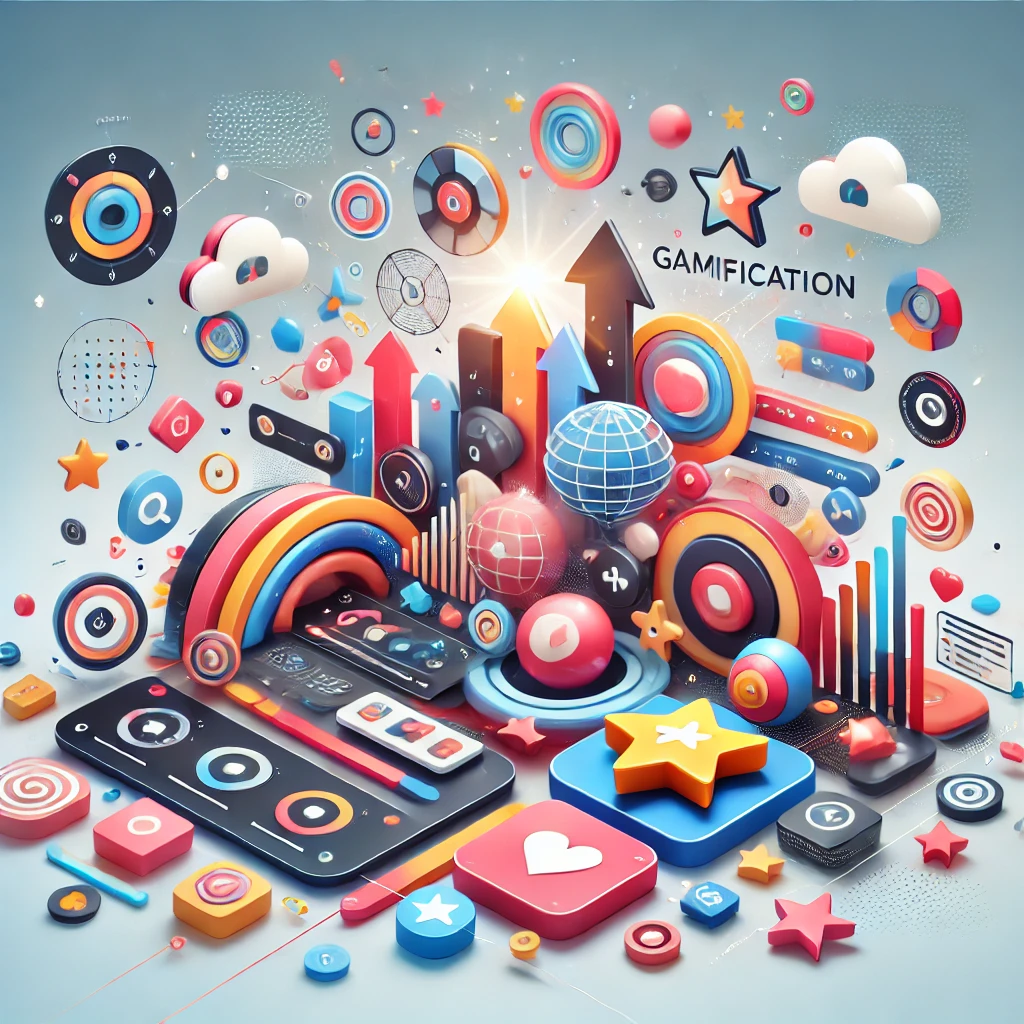Gamification has evolved into a powerful tool for web designers aiming to boost user engagement and create memorable experiences. By integrating game mechanics—such as points, levels, badges, or challenges—into websites, companies can encourage users to interact more deeply with content, fostering brand loyalty and increased conversion rates.
Why Gamification Works in Web Design
At its core, gamification taps into basic human psychology. People are naturally inclined to pursue rewards and enjoy experiences that provide feedback and a sense of accomplishment. In web design, these principles translate into interactive features like progress bars, quizzes, or leaderboards, which motivate users to complete tasks, spend more time on a site, and return frequently for updates. Platforms like Duolingo and Fitbit exemplify this trend by gamifying learning and fitness routines, respectively.
Key Interactive Elements for User Engagement
Effective gamification relies on specific interactive elements that resonate with audiences. For instance, progress indicators give users a sense of achievement, while badges serve as visual recognition for milestones. Leaderboards foster healthy competition among users, motivating them to improve performance. Websites can also deploy interactive quizzes, scavenger hunts, or daily challenges to maintain user interest. Integrating these elements ensures that visitors feel more engaged and are likely to explore other areas of the website.
Benefits of Gamification for Businesses
Gamified websites not only enhance user engagement but also drive significant business outcomes. Increased dwell time on pages improves search engine rankings, and interactive content boosts conversion rates by guiding users toward calls to action. Additionally, gamification enhances brand loyalty by creating positive experiences that differentiate a website from competitors. Users who interact with gamified elements are also more likely to share their experiences, amplifying a brand’s reach through organic social media engagement.
Implementing Gamification Thoughtfully
While gamification offers many benefits, it must be implemented strategically to avoid overwhelming users. The key lies in balancing entertainment with usability. Designers should ensure that game mechanics align with the brand message and user journey. Overly complicated features may frustrate users, leading to disengagement. Testing and user feedback play essential roles in refining gamified elements to ensure they enhance, rather than hinder, the user experience.
Gamification in web design is a dynamic approach that not only attracts users but also sustains their interest through meaningful engagement. As businesses continue to compete for user attention, those that leverage interactive elements thoughtfully will stand out and foster long-lasting relationships with their audience.




